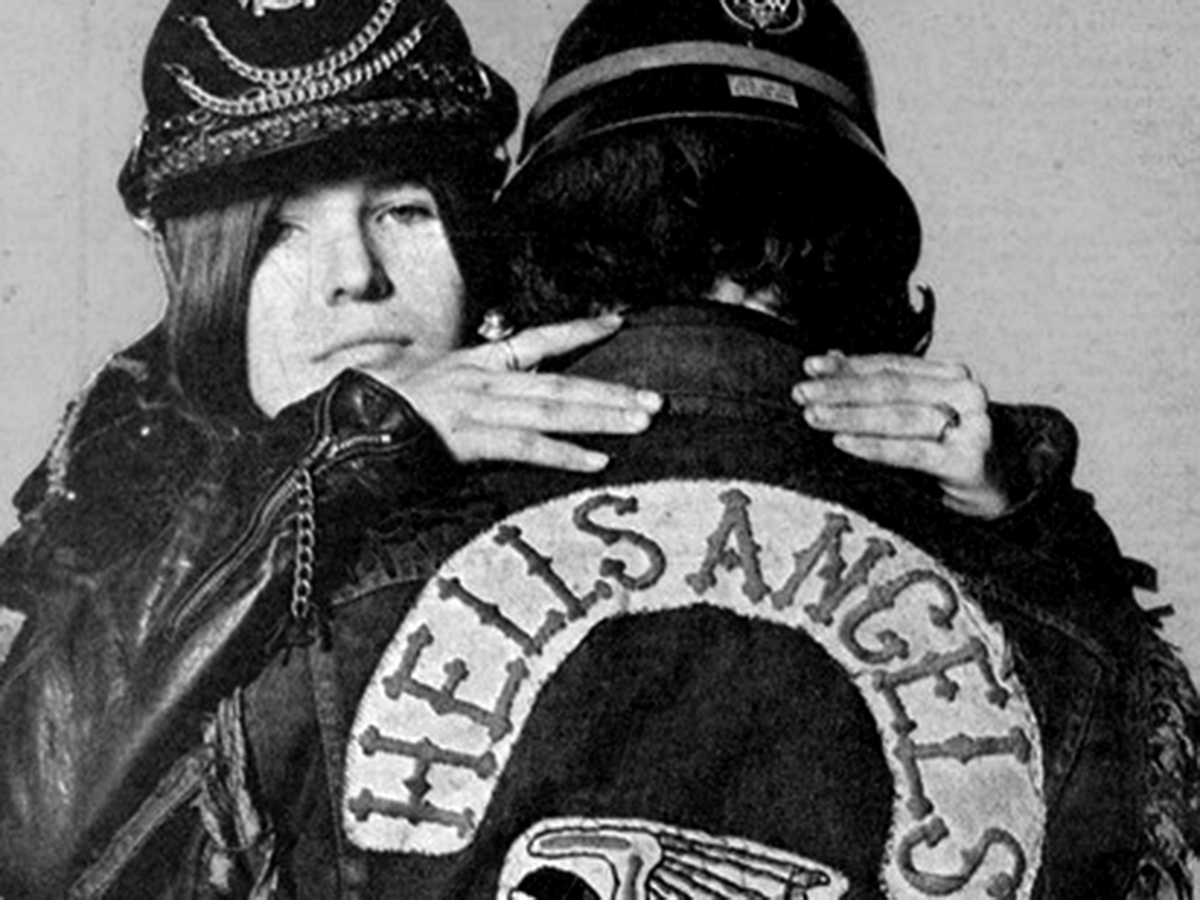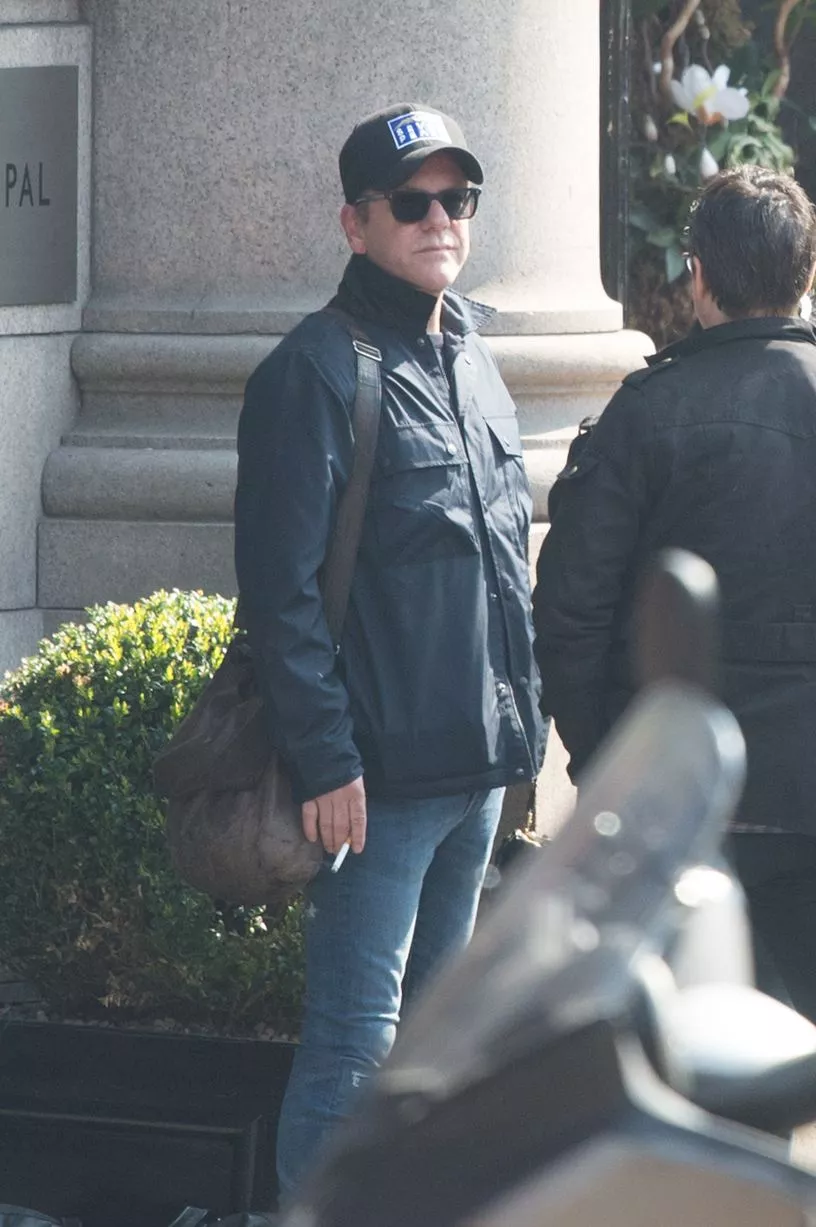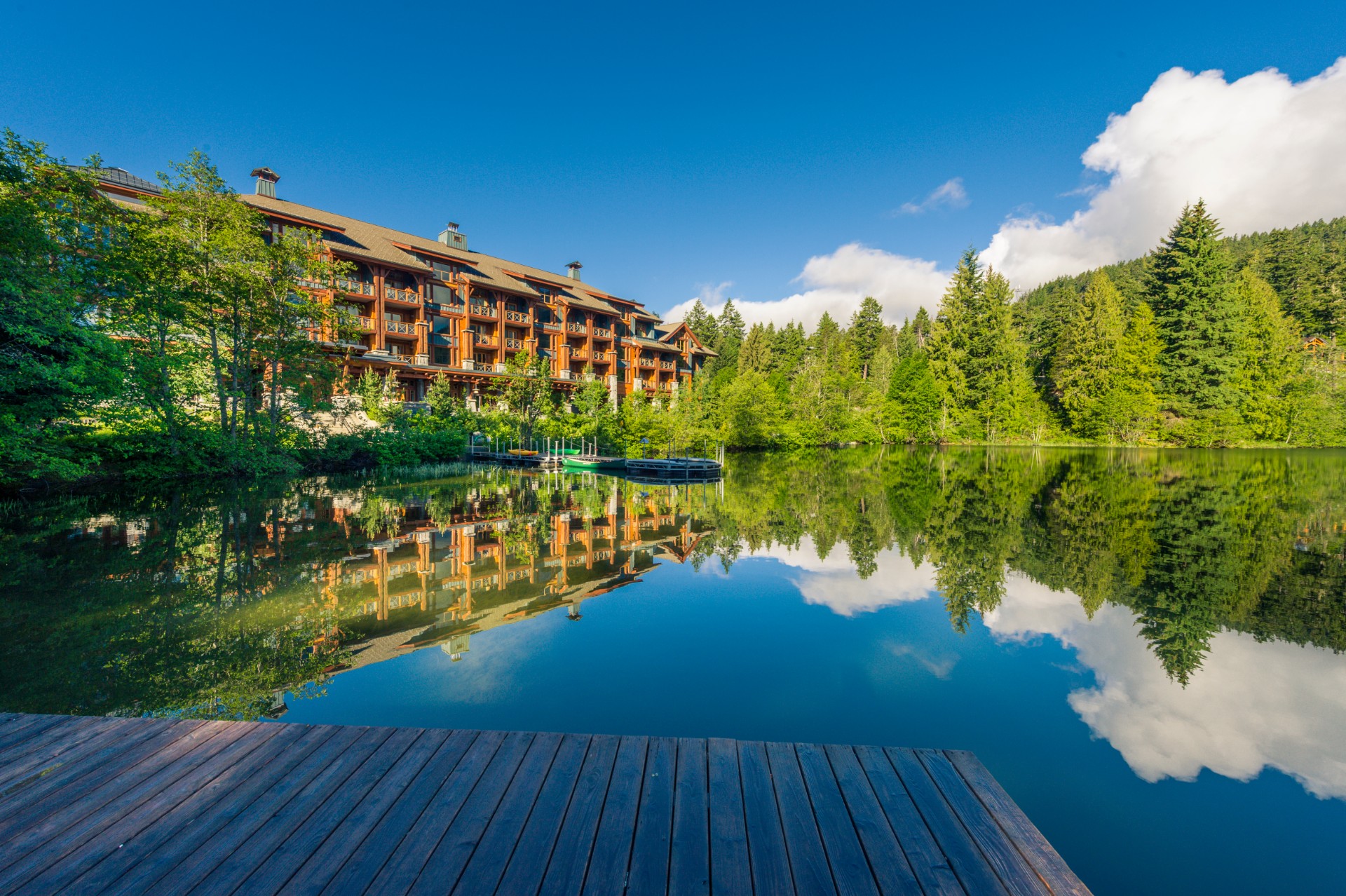Inside The World Of The Hells Angels

Table of Contents
Shrouded in mystery and notoriety, the Hells Angels Motorcycle Club (HAMC) remains one of the most infamous and enigmatic organizations in the world. This article delves into the complex reality of the Hells Angels, exploring their history, structure, activities, and the controversies that have dogged them for decades. We will draw upon reputable sources, including journalistic investigations and academic studies, to offer a balanced and informed perspective.
<h2>History and Origins of the Hells Angels</h2>
The Hells Angels' story begins in post-World War II California. Founded in 1948 in Fontana, California, the club emerged from a confluence of factors: returning veterans, a burgeoning motorcycle culture, and a societal yearning for rebellion. Early members, often ex-servicemen, brought with them a sense of camaraderie and a shared disregard for societal norms.
The club’s early image, while still rebellious, was less overtly criminal than it would later become. However, over time, the Hells Angels evolved, their reputation shifting from outlaw motorcycle club to a globally recognized symbol of biker counterculture and alleged organized crime. This transformation was fueled by a number of key milestones:
- Expansion beyond California: The Hells Angels rapidly expanded their reach across the United States and eventually internationally, establishing chapters in various countries.
- Major conflicts with rival motorcycle gangs: Territorial disputes and violent clashes with rival clubs like the Mongols and Bandidos shaped the Hells Angels' identity and solidified their reputation for brutality.
- Increased involvement in criminal activities: Allegations of drug trafficking, violence, and other illegal activities became increasingly prominent, further contributing to their negative public image.
<h2>The Structure and Hierarchy of the Hells Angels</h2>
The Hells Angels operate under a rigidly defined hierarchical structure. The organization is composed of individual chapters, often geographically based, which in turn report to larger mother chapters or regional structures. This decentralized, yet tightly controlled, structure allows for both local autonomy and coordinated action across the entire organization.
Key roles within the Hells Angels include:
- President: The leader of a chapter, responsible for overall operations and decision-making.
- Vice-President: Second-in-command, supporting the President and assuming leadership in their absence.
- Sergeant-at-Arms: Enforces club rules and discipline.
- Treasurer: Manages the club's finances.
Membership is not easily obtained. Prospective members, known as "prospects," undergo a rigorous initiation process, often involving a period of probation and proving their loyalty and commitment to the club. The highly coveted "colors" – the distinctive patches and insignia worn by members – represent their status and affiliation within the Hells Angels, with specific designs and colors carrying significant meaning. This system reinforces the club's identity and hierarchy.
- Charter System: Individual chapters operate under a charter granted by the national organization.
- National President: Heads the entire Hells Angels organization.
- Regional structure: Chapters are grouped into regions for better coordination and control.
<h2>Activities and Legitimate Businesses</h2>
While the Hells Angels are primarily known for their alleged criminal activities, some legitimate businesses have been associated with the club or individual members. These often involve motorcycle-related activities, such as motorcycle repair shops or parts sales, but it's crucial to distinguish between the activities of the club as an entity and the actions of individual members. Claims of legitimate business ventures should be carefully examined and corroborated with credible sources. Some observed activities include:
- Motorcycle rallies: These large-scale events generate revenue through merchandise sales and attract both members and outsiders.
- Merchandise sales: Hells Angels merchandise, including clothing and accessories, is sold through various channels, generating income for the club.
- Alleged criminal activities: Accusations of drug trafficking, extortion, and other crimes are a significant aspect of the Hells Angels' history and present, though often challenging to definitively prove. It's important to avoid conflating the actions of some members with the whole organization.
<h2>Criminal Activities and Controversies</h2>
The Hells Angels have a long and well-documented history of involvement in various criminal activities. Allegations of drug trafficking, violence, and money laundering have been consistently leveled against the club, resulting in numerous legal battles and high-profile cases around the world. Proving the culpability of the entire organization, rather than individual members, presents significant legal challenges. The global reach of their alleged criminal network further complicates investigations and prosecutions.
Specific documented criminal activities include:
- Drug trafficking allegations: The club has been implicated in various drug trafficking operations across multiple jurisdictions.
- Violence and murder convictions: Numerous members have been convicted of violent crimes, including murder.
- Money laundering accusations: Authorities have investigated the Hells Angels for alleged money laundering schemes to conceal profits from illegal activities. (Sources should be cited here with specific examples).
<h2>The Hells Angels' Culture and Subculture</h2>
The Hells Angels cultivate a distinct culture centered on motorcycle riding, brotherhood, and rebellion against mainstream society. Their code of conduct emphasizes loyalty, discipline, and adherence to the club's rules. This strong sense of brotherhood and camaraderie contributes to the club's enduring appeal, providing members with a sense of belonging and purpose that may be absent from their lives outside the club. The lifestyle embraces a defiant image and a rejection of traditional societal norms.
Key aspects of their culture include:
- Motorcycle culture: Riding motorcycles is central to their identity and activities.
- Rebellion against authority: The club represents a rejection of mainstream societal values and rules.
- Brotherhood and camaraderie: Strong bonds of loyalty and support exist within the club's membership.
<h2>Conclusion: Understanding the Hells Angels</h2>
The Hells Angels Motorcycle Club presents a multifaceted and controversial subject. Their history is intertwined with both legitimate activities and alleged criminal enterprises. Understanding their complex structure, hierarchical organization, and cultural codes is crucial to analyzing their actions and impact. It's vital to approach this topic with responsible reporting, avoiding sweeping generalizations and focusing on verifiable information. Further research into the Hells Angels, utilizing reputable sources and academic studies, is essential for a comprehensive understanding of this enigmatic organization. Continue your exploration of the Hells Angels through responsible and verified sources to gain a more complete picture of this globally significant organization.

Featured Posts
-
 Analyzing The Net Asset Value Nav Of The Amundi Dow Jones Industrial Average Ucits Etf
May 25, 2025
Analyzing The Net Asset Value Nav Of The Amundi Dow Jones Industrial Average Ucits Etf
May 25, 2025 -
 Annie Kilner Spotted Without Wedding Ring Following Husbands Night Out
May 25, 2025
Annie Kilner Spotted Without Wedding Ring Following Husbands Night Out
May 25, 2025 -
 Kiefer Sutherland Casting News Fans React To The Latest Rumors
May 25, 2025
Kiefer Sutherland Casting News Fans React To The Latest Rumors
May 25, 2025 -
 Escape To The Country What To Expect When You Arrive
May 25, 2025
Escape To The Country What To Expect When You Arrive
May 25, 2025 -
 Germanys Dax Soars Potential For A Wall Street Driven Correction
May 25, 2025
Germanys Dax Soars Potential For A Wall Street Driven Correction
May 25, 2025
